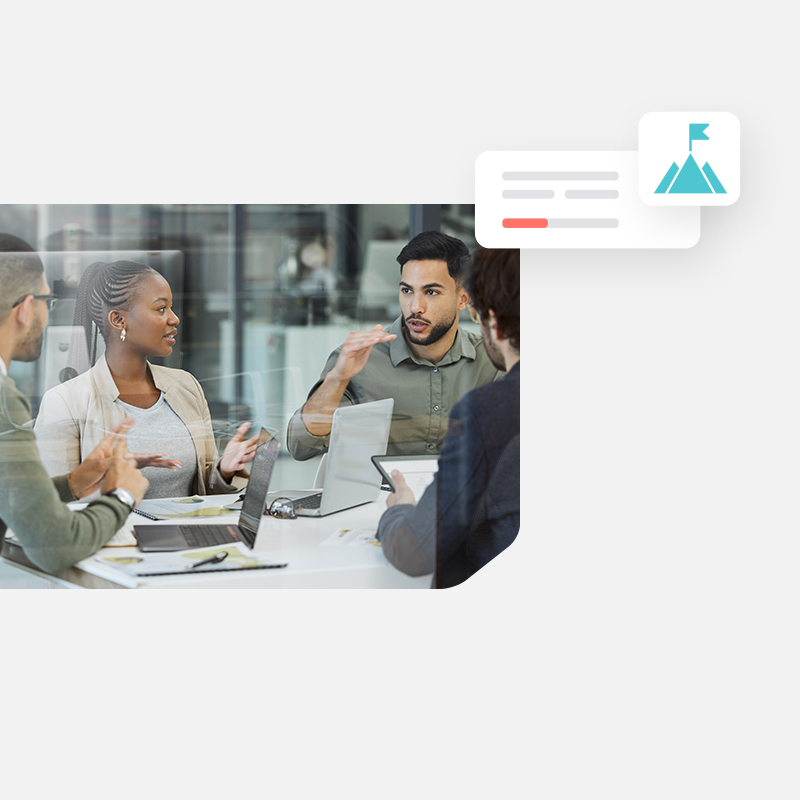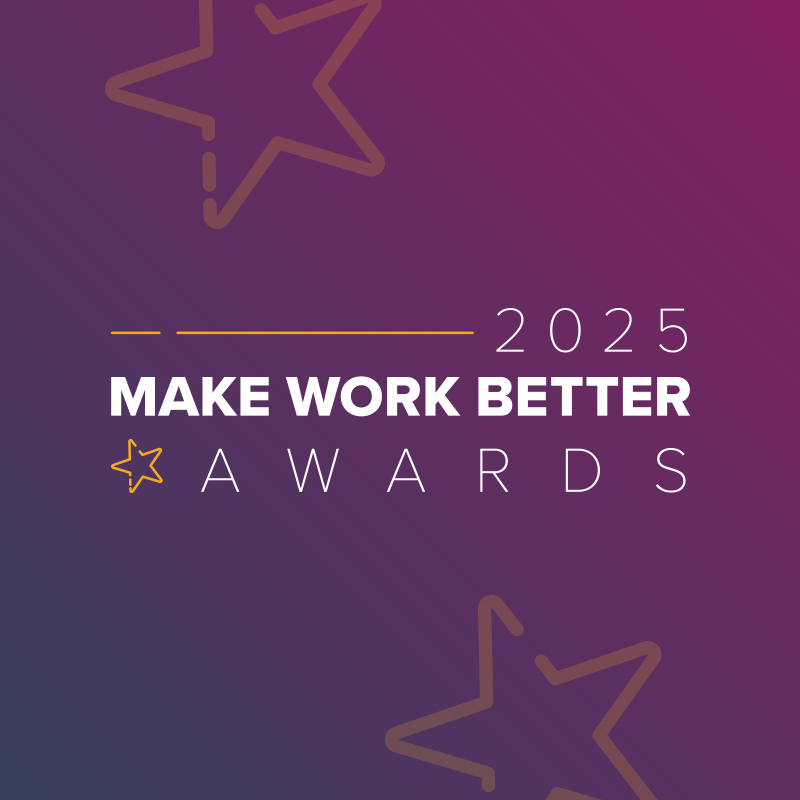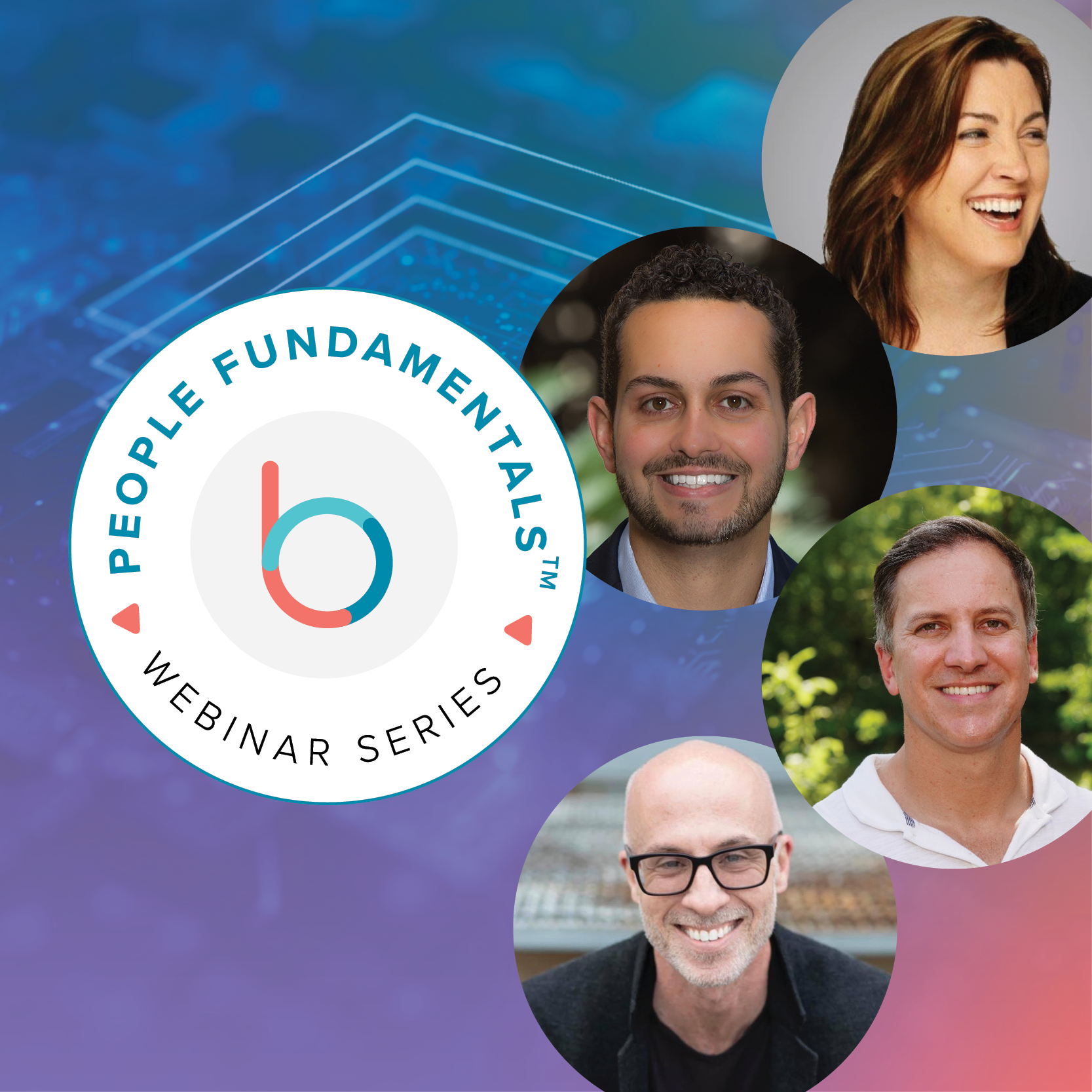I regularly hear from my HR peers that they are forward-looking and strive to adopt the latest practices. Yet, their organizations struggle to evolve away from legacy performance management programs that employees dislike and fail to find the value in. In fact, research from Gallup has found that almost half of employees receive feedback only a few times a year or less, and less than a quarter of workers felt the feedback they do receive is valuable.
Changing your organization’s established performance management program is never simple, but it’s worth the effort if you focus on the experience for your people and managers alike. After moving to a more continuous performance process within my own organization we saw a noticeable increase in employee engagement and connection to the organizational goals. And as a pioneer, I learned a lot from the process of securing executive buy-in, training managers and rolling out the program to employees. Here are three keys to helping your organization make the necessary move to Continuous Performance Management® process.
1) Show employees how performance management benefits them
Nobody likes doing annual reviews, or at least nobody that I’ve met! Most employees and managers find them to be bureaucratic and a burden, or something they are forced to do. At worst they are demotivating, expensive and ineffective at their primary purpose of improving performance. Organizations need to break this painful cycle and replace it with a process that employees come to demand because they find it so valuable to their career development.
Language is powerful. In our organization, simply changing the name of the program from “performance management” to “performance engagement” immediately signaled that the new process was now focused on engaging with the talents and ambitions of each employee. This future focus not only reduces employees’ anxiety, it boosts program participation. This change can also have a positive impact on your recruitment story, as the best candidates increasingly expect this development focus from the forward-thinking organizations they look to join.
Beyond a language change, it’s important to communicate that a continuous process is more lightweight than an annual review. When we first announced that we were moving from annual to quarterly reviews, our managers were worried this would mean an increased workload. In our case, I was able to show that while our previous annual process required in 30+ data fields, our new quarterly process pared this down to just a few key questions. Making the process more frequent made the process significantly lighter, faster, less stressful and more valuable for everyone involved. We kept asking ourselves the questions “What does the employee need to know?” and “How does this add value?” when designing our review questions.
Another important change to make that benefits employees is upgrading the performance development technology you use. Compared to the simple and efficient apps employees use in their everyday lives, many of HR’s goal setting and review systems are outdated, overly complex and cumbersome. We selected Betterworks as our technology partner to make it easy for our employees to create and update goals, as well as provide regular and ongoing performance feedback. This upgraded technology had an immediate positive impact on our participation and engagement rates; whereas fewer than half of the team recorded their goals in our legacy system, that rate is reached 98% in our first year.
2) Start from the top
Research from DDI found that those companies who clearly define and then act on a sense of purpose outperformed the financial markets by 42%. A connection to the company’s mission requires continuous alignment and re-alignment of everyone’s work within the organization and is necessary for the sustained engagement needed for higher performance.
Helping your senior executives see how the connection between employees’ alignment to goals and increased engagement leads to higher employee engagement and better performance is important. You want to tie the effort of moving to a continuous process to the very real business outcomes senior leaders are looking to achieve.
Once you have the senior staff on board, then focus on the individuals who have the greatest impact on your workforces’ overall performance — your people managers. We provided on-site group training and also trained people at each location to act as local champions. We also created a little friendly competition among employees and managers to boost initial adoption, sharing leaderboards showing which regions had the highest goal completion rates.
3) Have a plan, but stay agile and open to learnings
When you do get the buy-in and the budget for a new Continuous Performance Management process, it can be tempting to go “all in” and try and roll out everything at once. But what you really want is for your workforce and the business to start seeing value as quickly as possible. One learning from our rollout was that it is better to get started quickly with just one or two elements of the program and allow time for learning and adaptation. This allows leadership and the business to see immediate value from the program, leading to higher adoption and positive feedback.
This agile approach also encourages feedback from your managers which can be acted upon. And when people know that their ideas are being acted on they are more engaged in refining the process. We’ve now reached the point where if a manager hasn’t come to us with suggestions, we wonder if he or she is paying close enough attention. And when you get focused direct feedback from your CEO and can act upon it, you know that you are making real progress.
With quarterly reviews successfully in place and evolving, we created a roadmap for the next year. We’ll encourage people to start setting specific quarterly goals and introduce added value to the process, such as marking International Mental Health Week by releasing wellbeing conversations and incorporating 360 reviews into our processes.
A Continuous feedback loop for improving overall performance
Other factors that will impact your organization’s ability to implement a continuous performance process successfully, but I believe the above three are the most important because each one influences the others.
Leadership buy-in helps with employee engagement and ensures leaders contribute to the evolution of the process. Engaged managers will also provide feedback on the process and their enthusiasm will be picked up by employees, enhancing everyone’s appreciation of the benefits of a continuous approach. Finally, an agile process helps with early adoption and engagement because people don’t expect a perfect system and it’s easier for leadership to back an idea that will deliver results quickly.
By transitioning to a Continuous Performance Management model, HR teams can set both employees and the organization at large up for success. Just remember to focus on creating a process that has inherent value for employees, provides more frequent opportunities for communication across all levels of your business, and leaves room for ongoing innovation and refinement.







